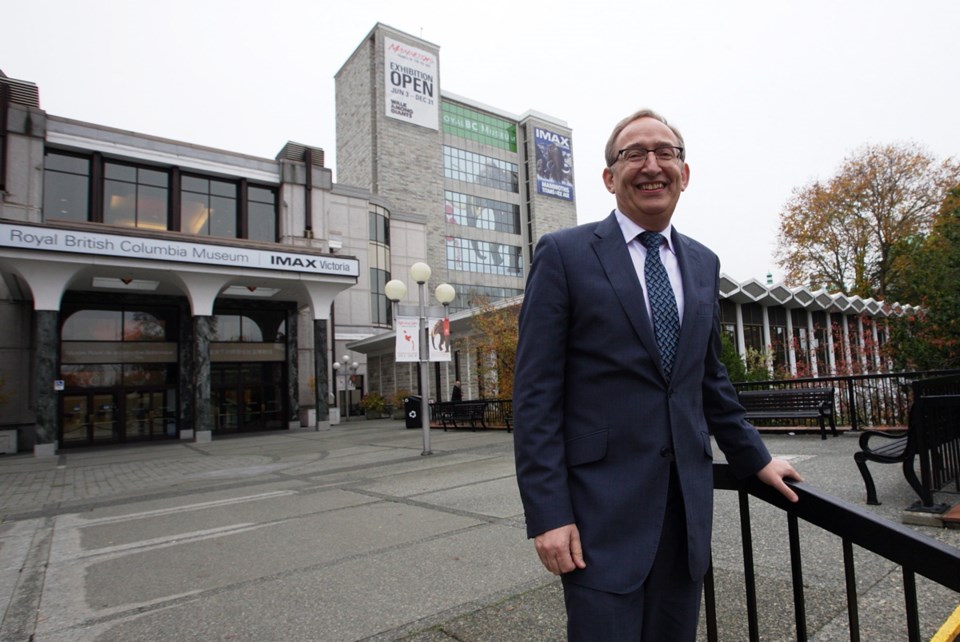When the Royal British Columbia Museum was born on Oct. 25, 1886 – exactly 130 years ago – the nation was just emerging. Canada’s political landscape was a fraction of its size today and the population was less than 20 per cent of what it would be a century later.
The museum’s original purpose was guided by a founding petition, a copy of which hangs in my office to remind me to look after collections for the province and, through their careful stewardship, shape ideas about British Columbia to better understand its natural and cultural heritage.
The museum’s early collections included a Haida totem pole, object number one in a catalogue of seven million artifacts and specimens, pressed flowers and a caribou, which periodically made an appearance at Christmas.
Over the past 130 years, the museum has grown in many ways, with the province and the nation. The generation that rebuilt the museum in the 1970s achieved a new model for museums across North America, which was less intimidating and in which grand dioramas made learning easier.
The museum’s distinctive character was its ability to put on significant exhibitions on the one hand while generating new knowledge on the other.
We have recently discovered the original vision from 1886 and are now trying to revive it in a way that makes sense today. This is as much about affirming the contemporaneity of First Nations and their cultures, as well as putting the natural world of B.C. into the background and foreground of our stories. We have long been partners in efforts to repatriate negotiated cultural artifacts and ancestral remains to their rightful owners. This contemporary relevance is a vital tool for reconciliation and learning.
Success depends on the scholarship we bring to our collections, the care that sustains them, the relationships we build and the ability to think creatively.
We all know museums are about education and learning, and an essential part of everyone’s life. Over the years our approach has developed and grown to provide teaching and learning experiences at many different life stages.
In an increasingly fast-paced world, we plan to do more to create more educational spaces within the museum and more digital platforms to increase access to the collection.
Nothing has given me greater pleasure these past four years than taking original artifacts — such as the precious Vancouver Island Treaties to the Songhees Nation — out to schools and clubs, and seeing the pleasure of young people experiencing and connecting with their history.
Access to significant artifacts or to a masterpiece opens a new world, which cannot be experienced in the same way through a mobile phone or television.
I took one of our most precious Emily Carr paintings to Reynolds Secondary School this year. Curator Dr. Richard Hebda joined me with a mammoth molar. Unpacking these in front of young people was like Christmas morning, as many gasped at what they saw. This is a new type of vision for our museum, where collections work much harder for us all.
The Royal B.C. Museum and Archives has always been and is a great success. It has been voted Canada’s top museum by TripAdvisor two years running. Over the years, as a vibrant, internationally respected civic institution it has served local, provincial and national audiences simultaneously.
With our international outreach programs, we are now on the threshold of taking our B.C. stories out to the world.
Professor Jack Lohman CBE is chief executive officer of the Royal British Columbia Museum.
